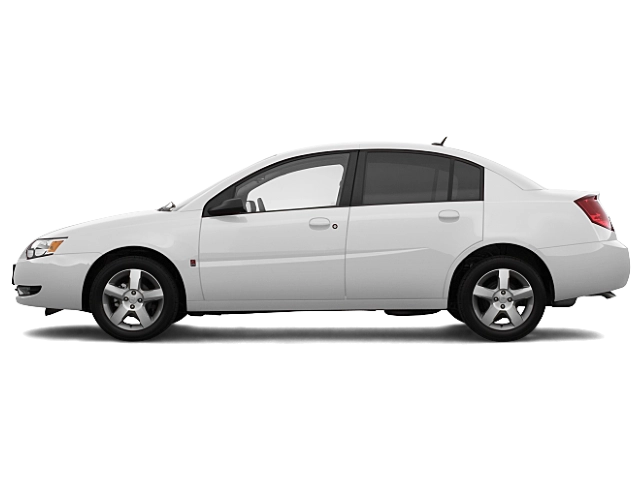2005 Saturn Ion Owner's Manual

Table of Contents
2005 Saturn Ion Overview
Introduction
The 2005 Saturn Ion presents a bold statement in the compact sedan category, designed for drivers seeking a blend of practicality and style. With its distinctive angular exterior and spacious interior, the Ion appeals to a diverse range of consumers, from young professionals to small families. Offering commendable fuel efficiency and a reputation for reliability, the Ion remains a notable choice in its segment.
Powertrains
The 2005 Ion comes equipped with two powertrain options, catering to different driving preferences. The base model features a 2.2-liter four-cylinder engine that delivers a solid 137 horsepower, balancing performance with fuel economy. For those desiring a bit more muscle under the hood, an available 2.4-liter four-cylinder engine offers a spirited 170 horsepower, enhancing the driving experience. Both engines pair gracefully with either a five-speed manual or an optional four-speed automatic transmission, ensuring smooth handling and responsive acceleration on varied terrains.
Trims
Features
This model offers an array of features that enhance convenience and safety. Standard equipment includes anti-lock brakes, dual airbags, and available side-impact airbags, providing peace of mind on the road. Optional features such as remote keyless entry and a rear spoiler bolster both style and practicality, making the Ion a versatile choice for varying lifestyles.
Owner's Manual
The 2005 Saturn Ion owner's manual serves as an essential tool for new owners, detailing maintenance schedules, troubleshooting tips, and guidance on the vehicle's numerous features. This comprehensive resource empowers drivers to maximize their ownership experience, ensuring they can navigate the Ion’s various systems with confidence and ease.
User manual download
The Saturn Ion owner manual for the 2005 model year is to be found in PDF downloadable format on this page. The owner manual for the model year 2005 is free and in English, but the repair manuals are usually not easy to get and may cost more.
Manual Questions
Fill the form below and someone will help you!

